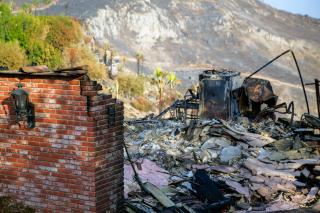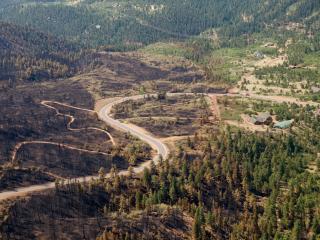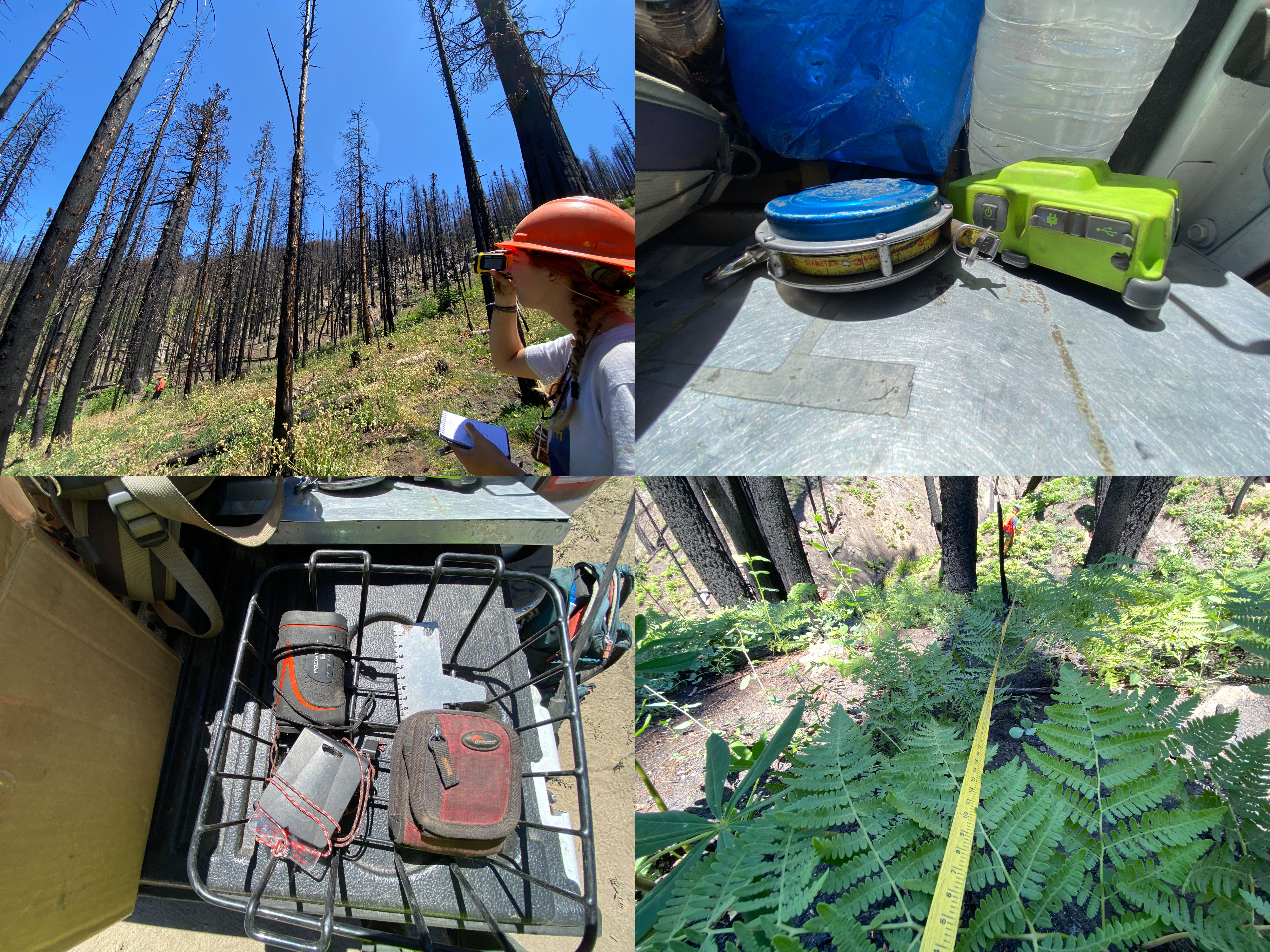
America’s forests are in a state of fire emergency. Nearly 25% of the contiguous U.S. is at risk of severe wildfire, with Western landscapes bearing the brunt.
The areas at greatest risk are those where forests and communities meet, often referred to as the wildland urban interface. These beautiful locales are where more and more people choose to call home.
Many of those who live in the wildland urban interface make their homes more resistant to wildfire by clearing away dead brush and debris or keeping flammable materials, like firewood and propane tanks, at least 30-100 feet from houses and other structures.
But fire mitigation efforts can also be costly, such as trimming large tree branches or building with fire-resistant roofing and siding materials. Not all who live along the forest’s edge are able to take actions that require a large up-front investment. Plus, there may also be places valued by the entire community, such as a popular hiking destination or a historic farm, that may be at risk.
Many recent studies, including this one by the Pacific Southwest Research Station, have found that demographic factors play a big role in how homeowners perceive and respond to wildfire risk. Those with high incomes and educations are most likely to invest in projects to protect their properties and to support broader public efforts to protect communities, such as creating a Community Wildfire Defense Plan to identify local priorities for protection.
In contrast, homeowners who lack these advantages have been less likely to invest in similar strategies or to support the local investments needed to implement community-wide wildfire mitigation plans. Economists recognize that vulnerable populations may be less able to invest in risk reduction activities and more reliant upon federal disaster assistance to help them recover after wildfires have occurred.

To help bridge the gap, the Forest Service has launched a $1 billion Community Wildfire Defense Grant program by the Infrastructure Investment and Jobs Act to help the communities most at risk. Community Wildfire Defense Plans, which identify and prioritize areas for hazardous fuel reduction treatments, have proven to be among the most successful tools for mitigating wildfire risk.
Communities that are low income, that have a high or very high wildfire hazard potential, or that have been affected by a severe wildfire disaster will be prioritized for funding. These communities may receive grants of up to $250,000 to develop or revise Community Wildfire Defense Plans, plus up to $10 million for the associated projects.
Forest Service research has daylighted the attitudes and challenges faced by communities in fire-prone areas. By better understanding these constraints, policymakers are better equipped to create funding programs targeted to those in greatest need of financial assistance.
Does your community qualify for a Community Wildfire Defense Grant? Find out here.





